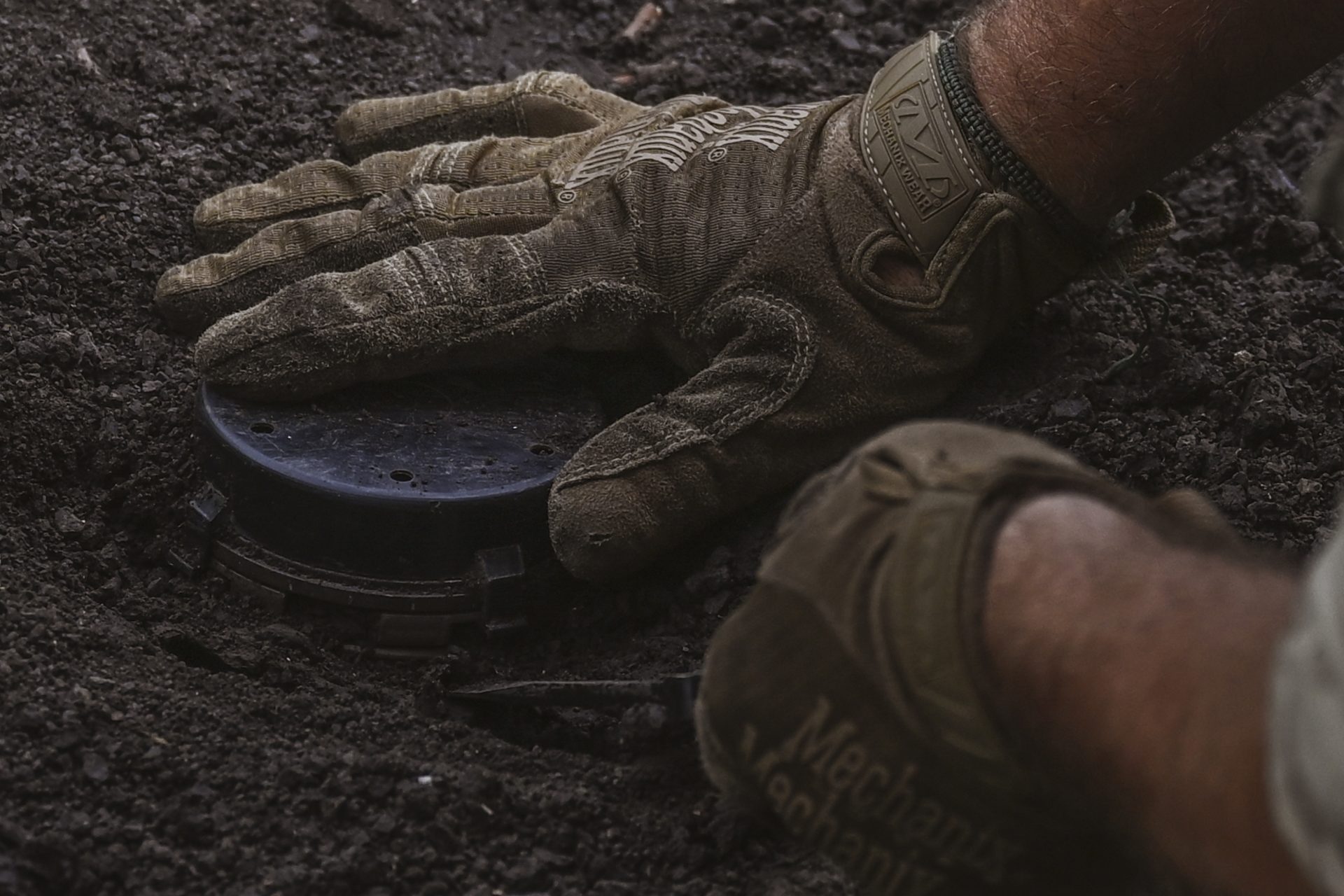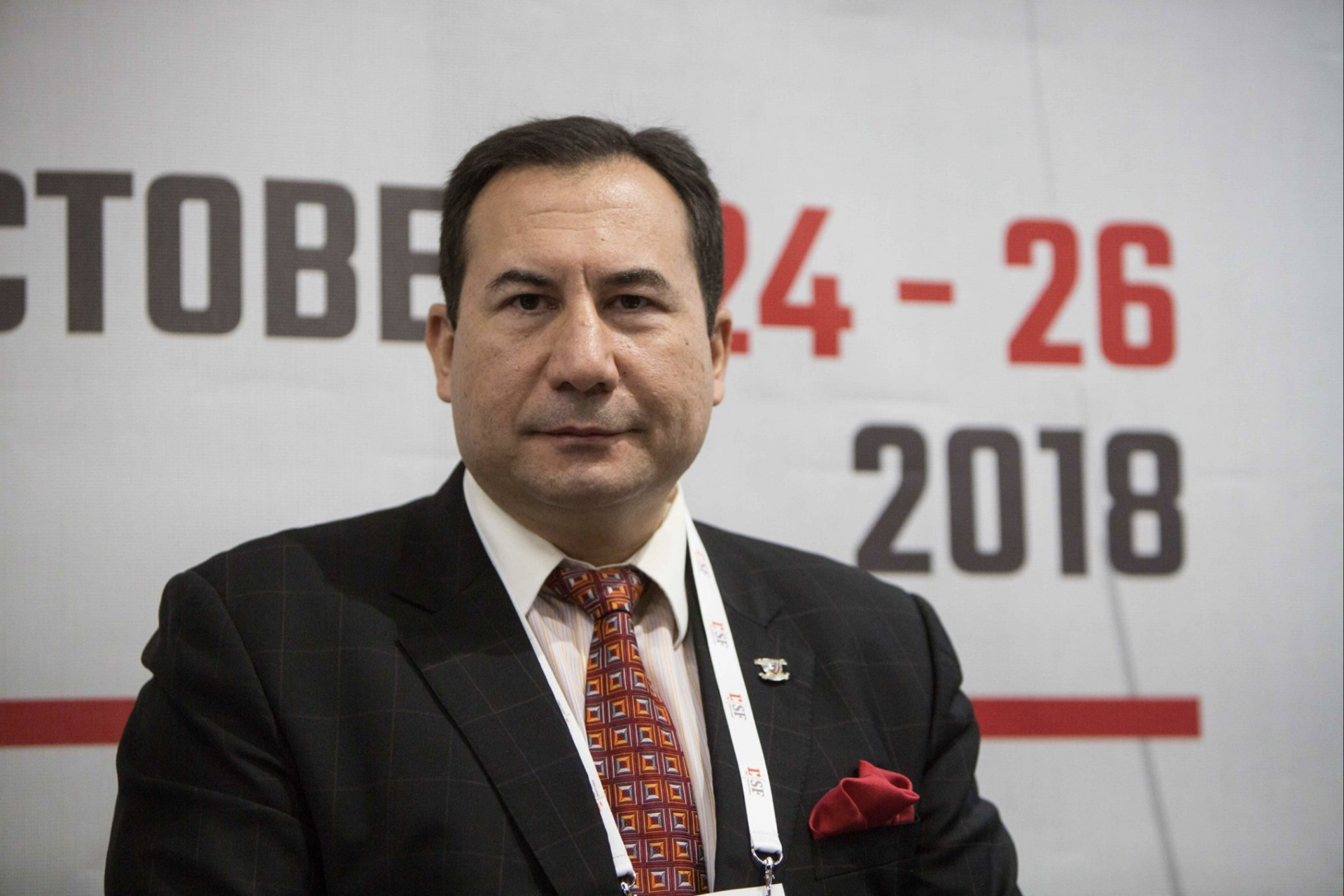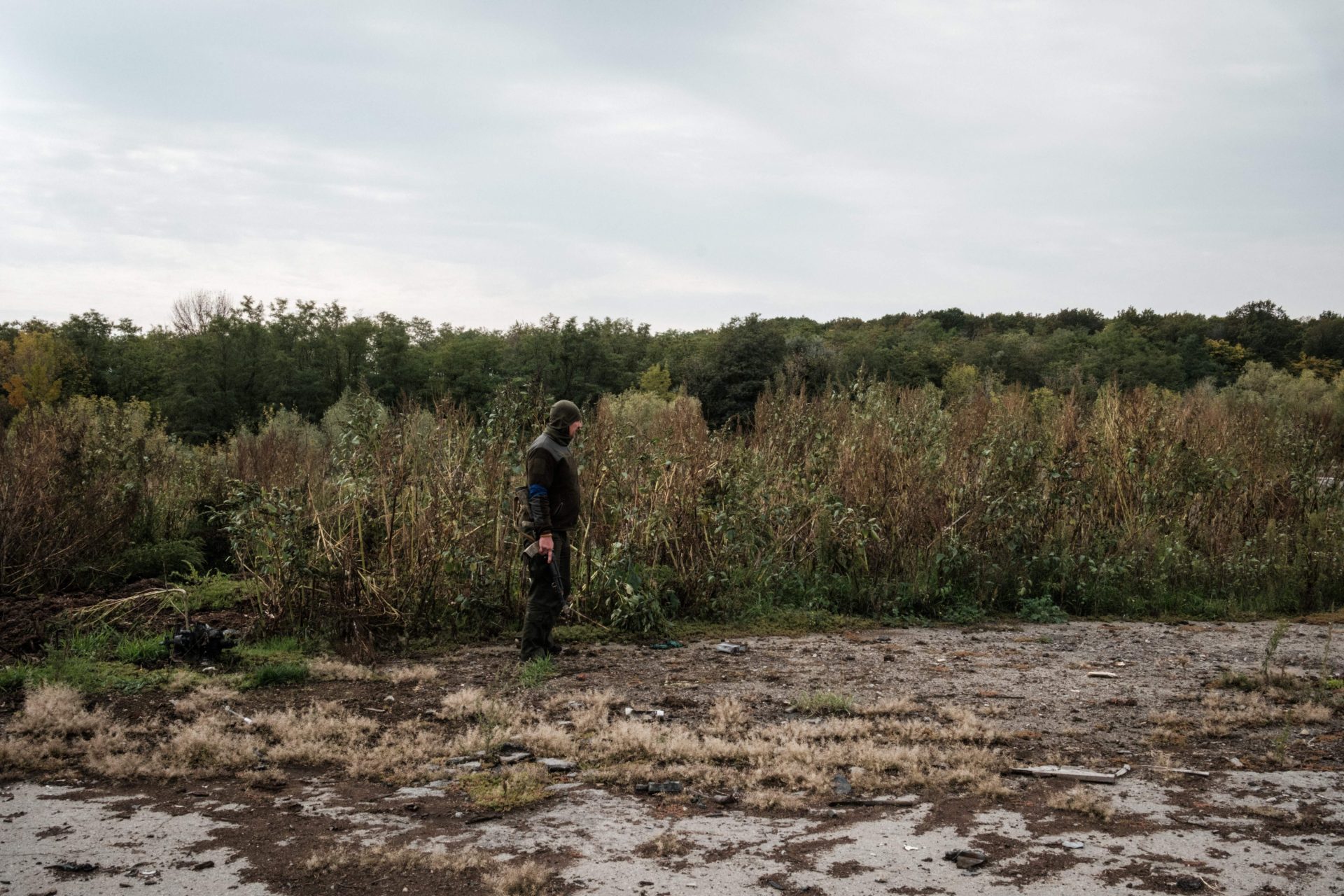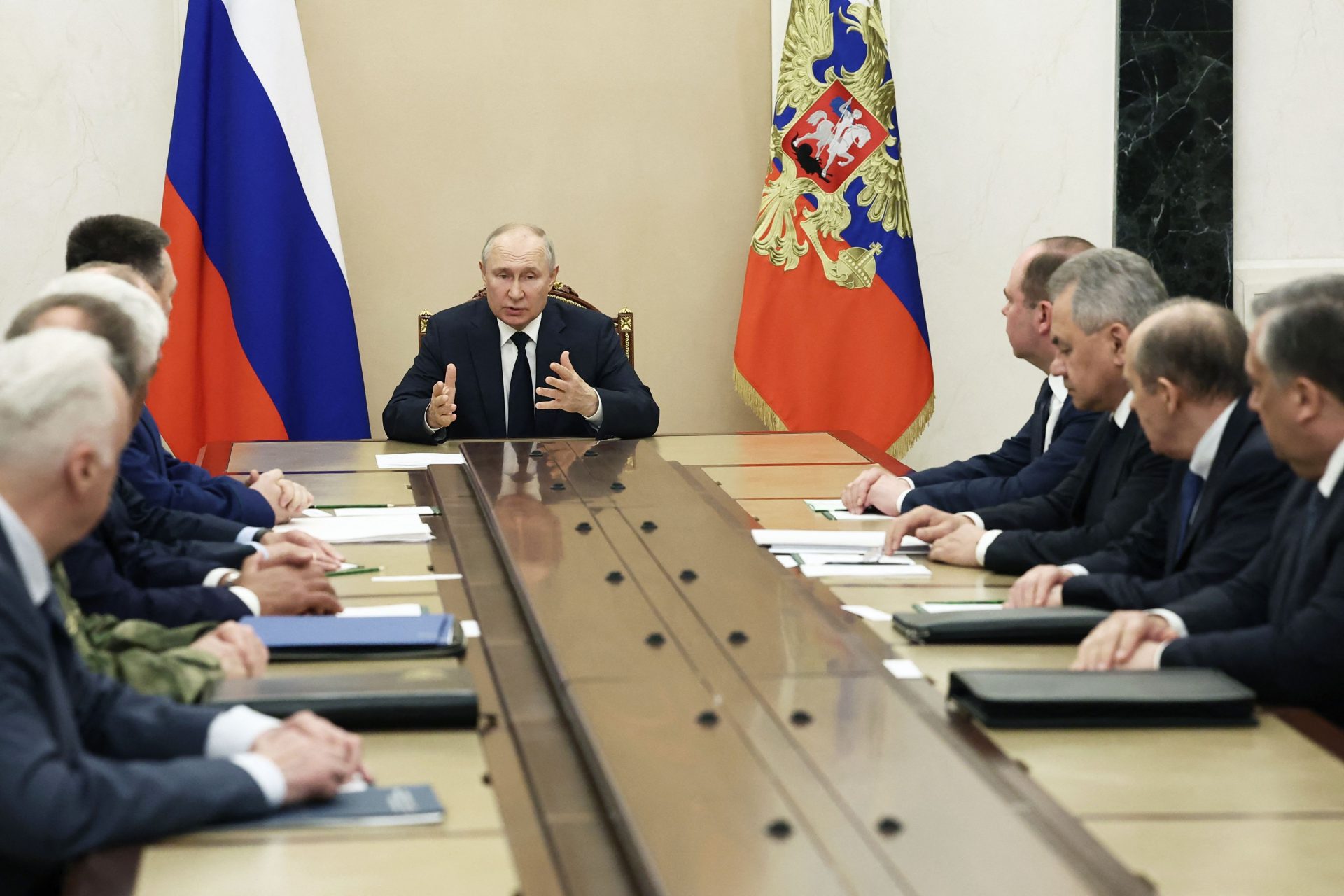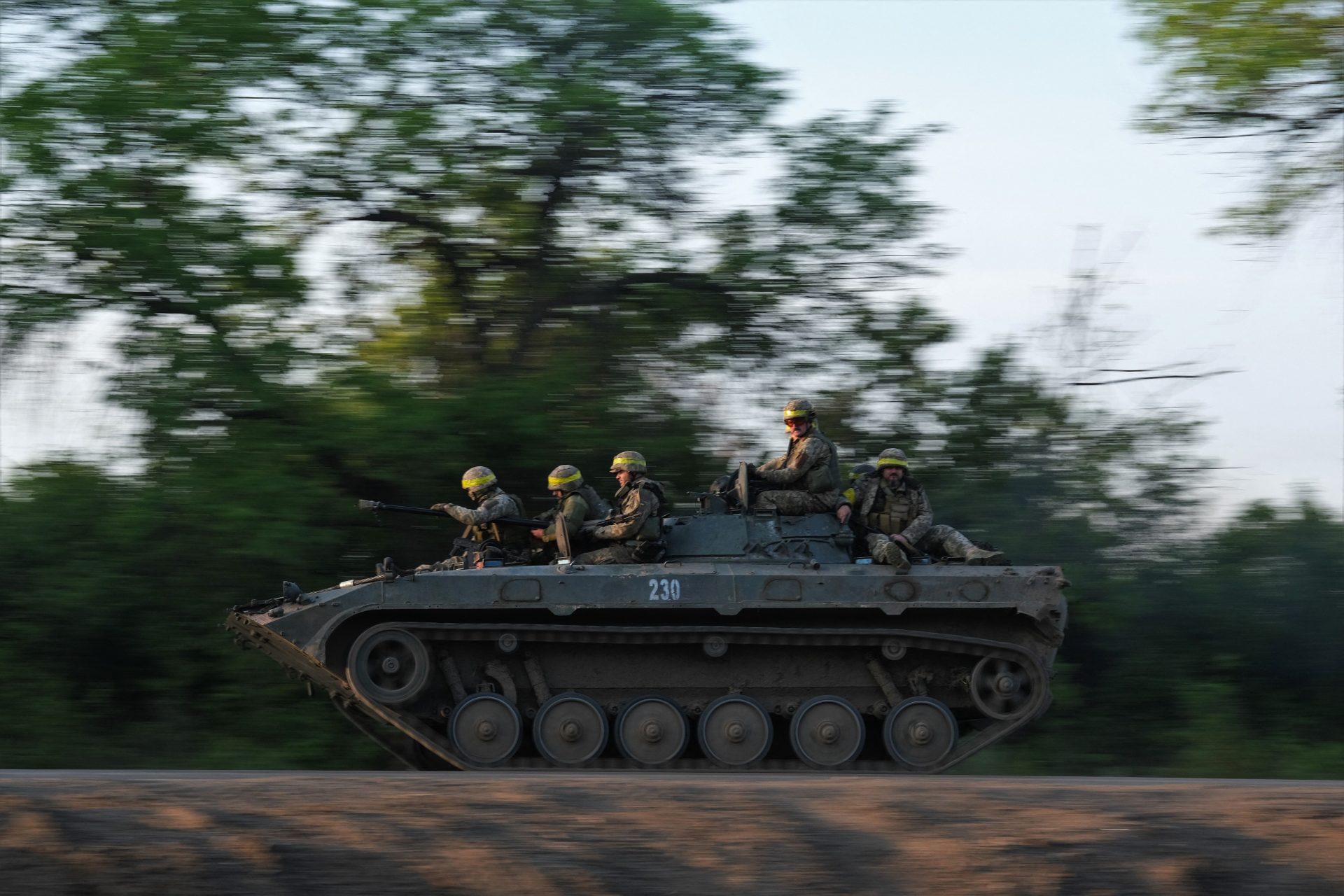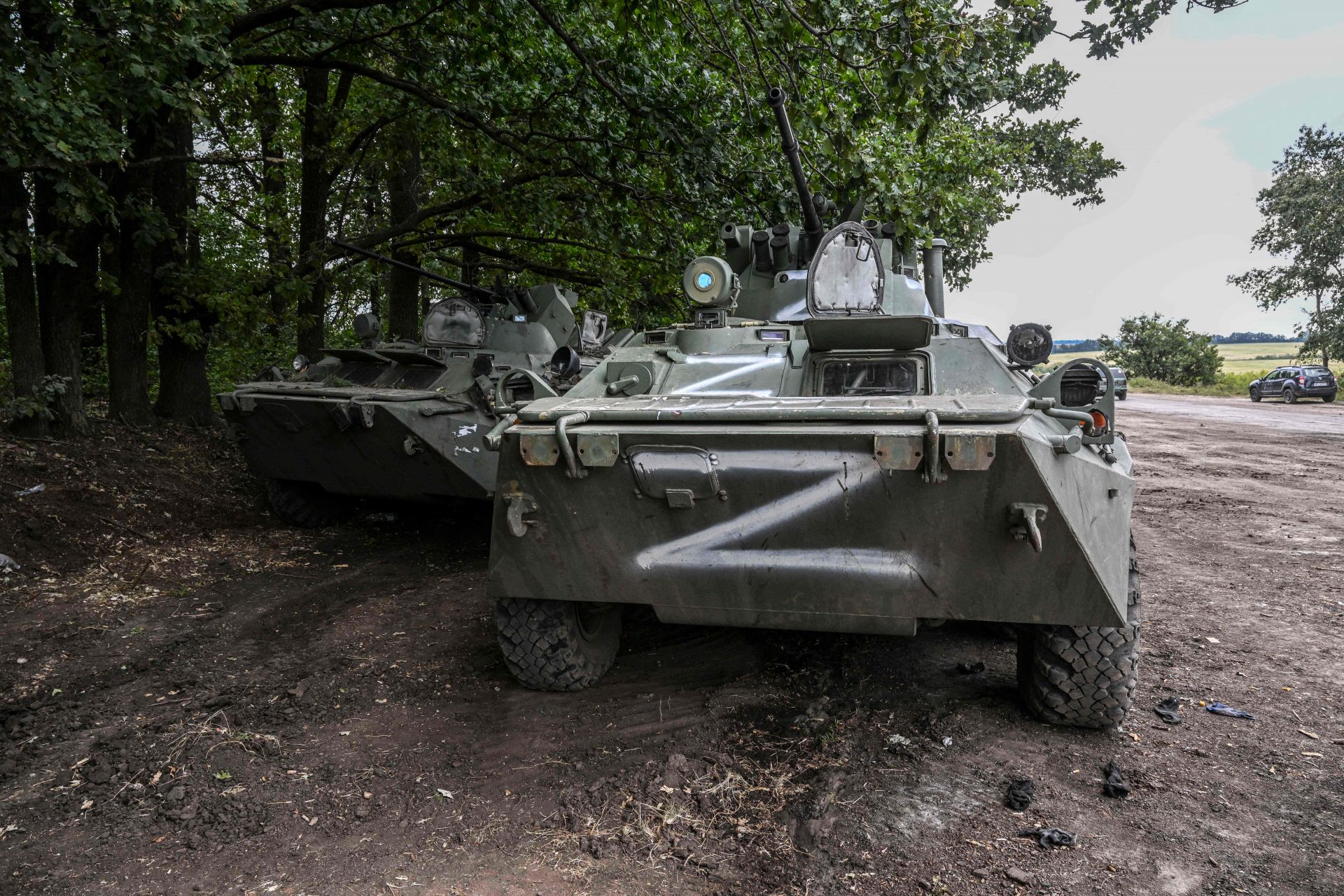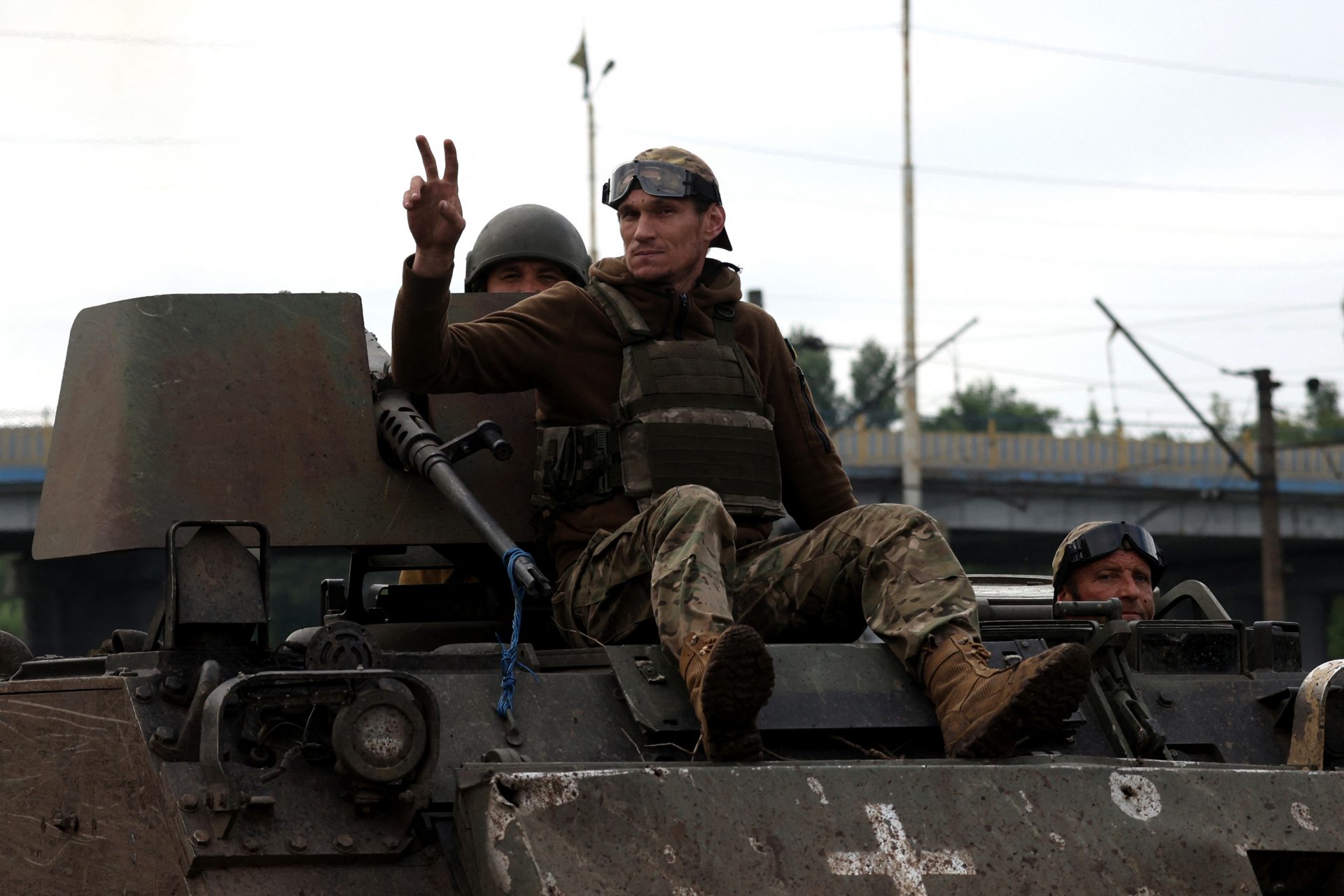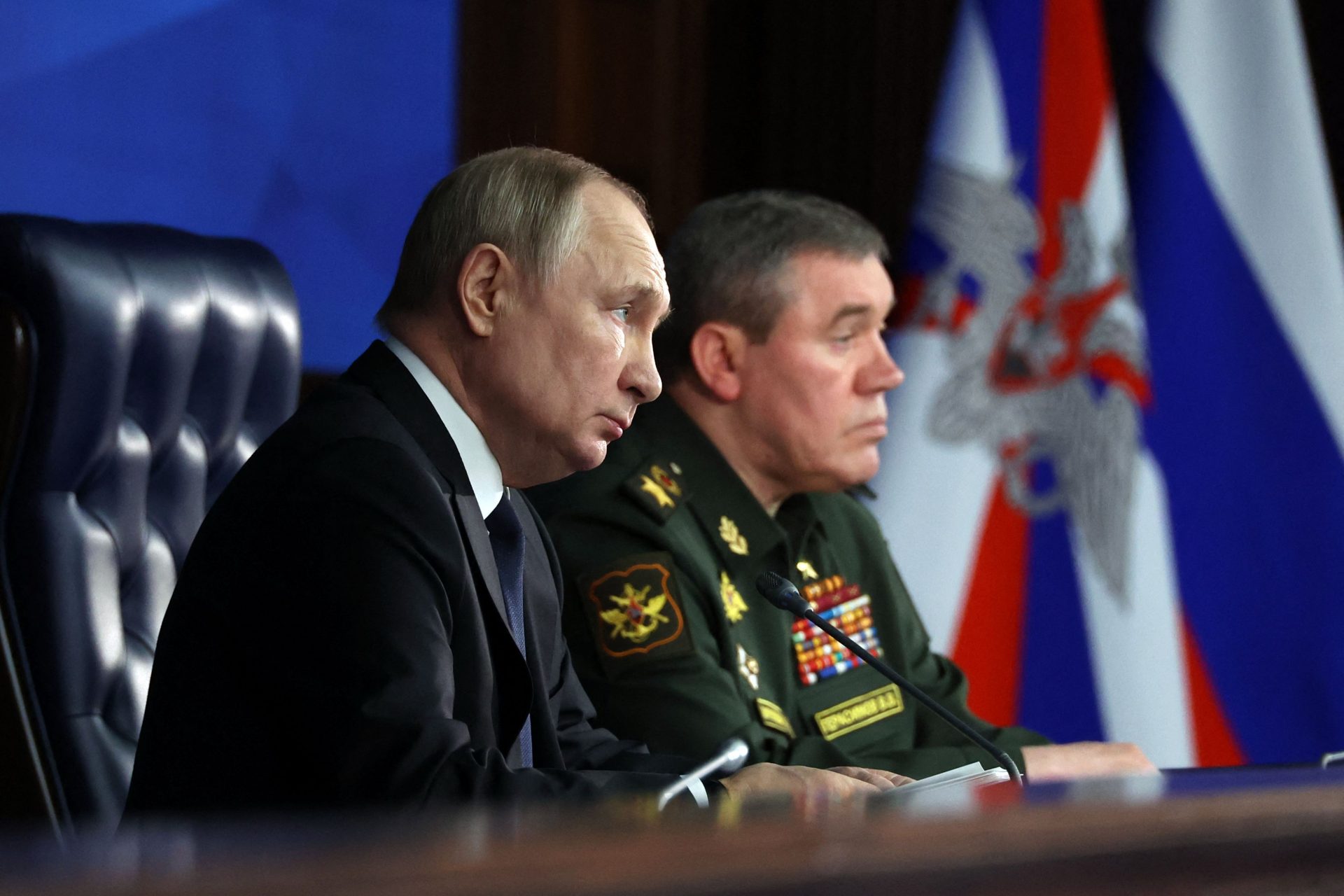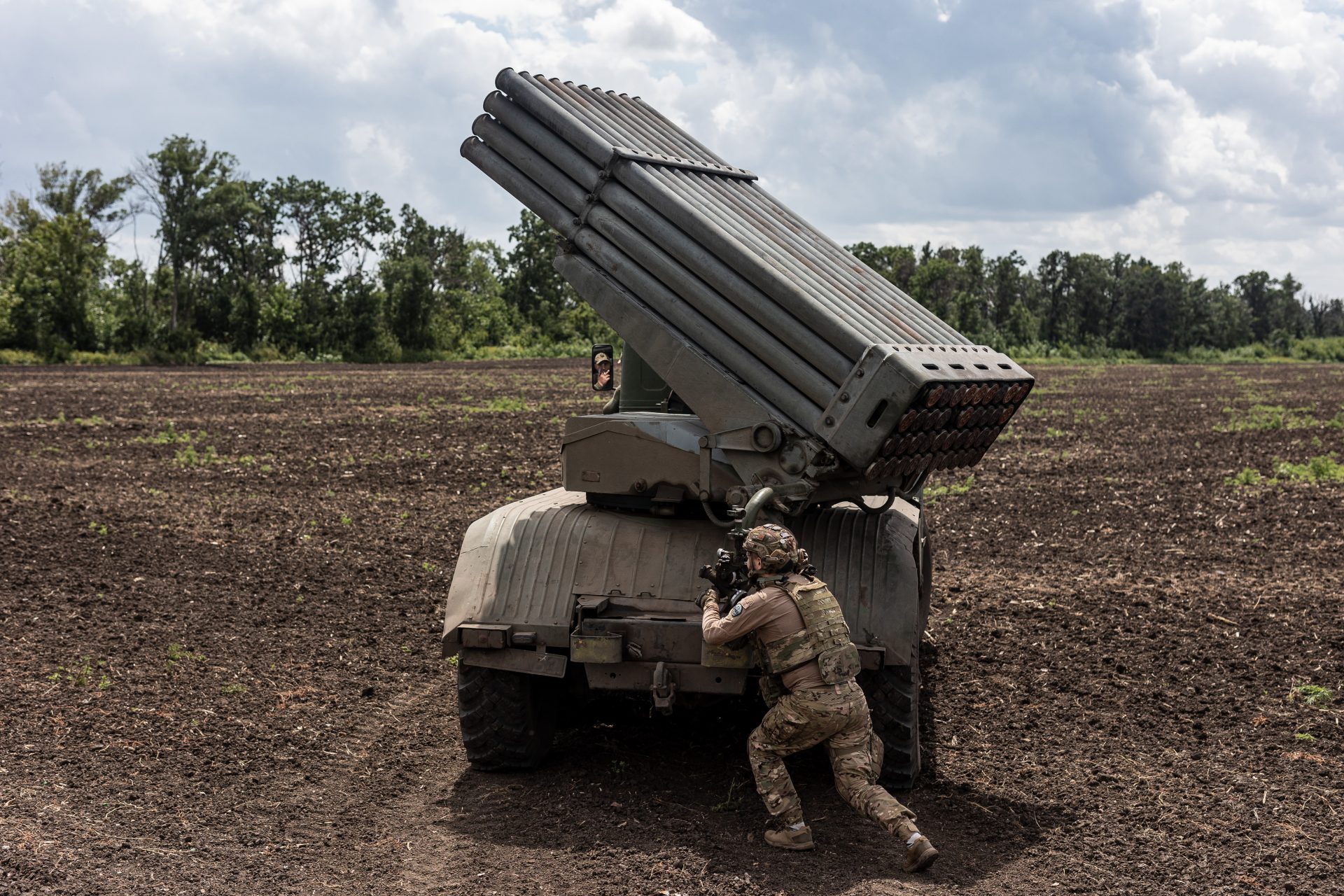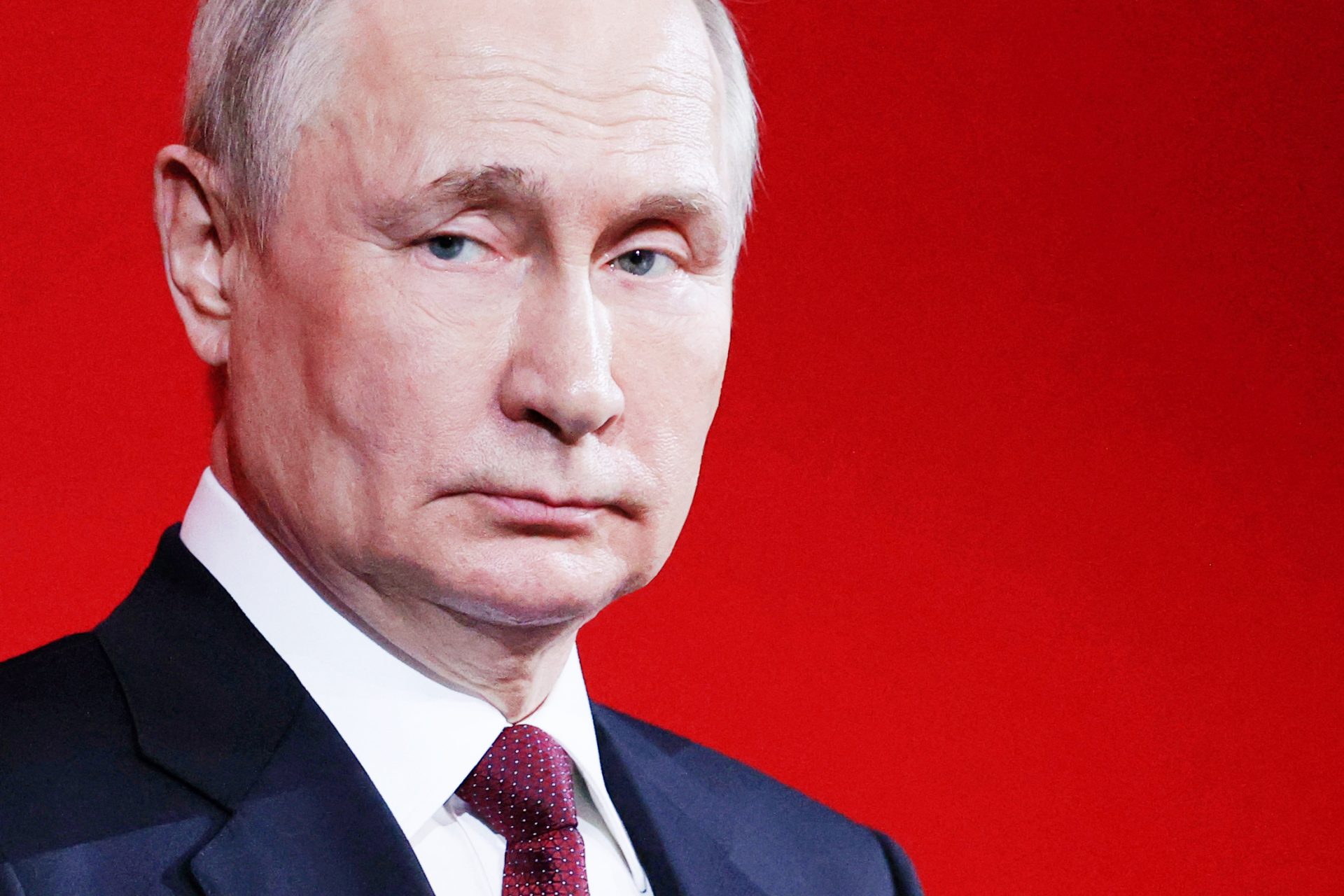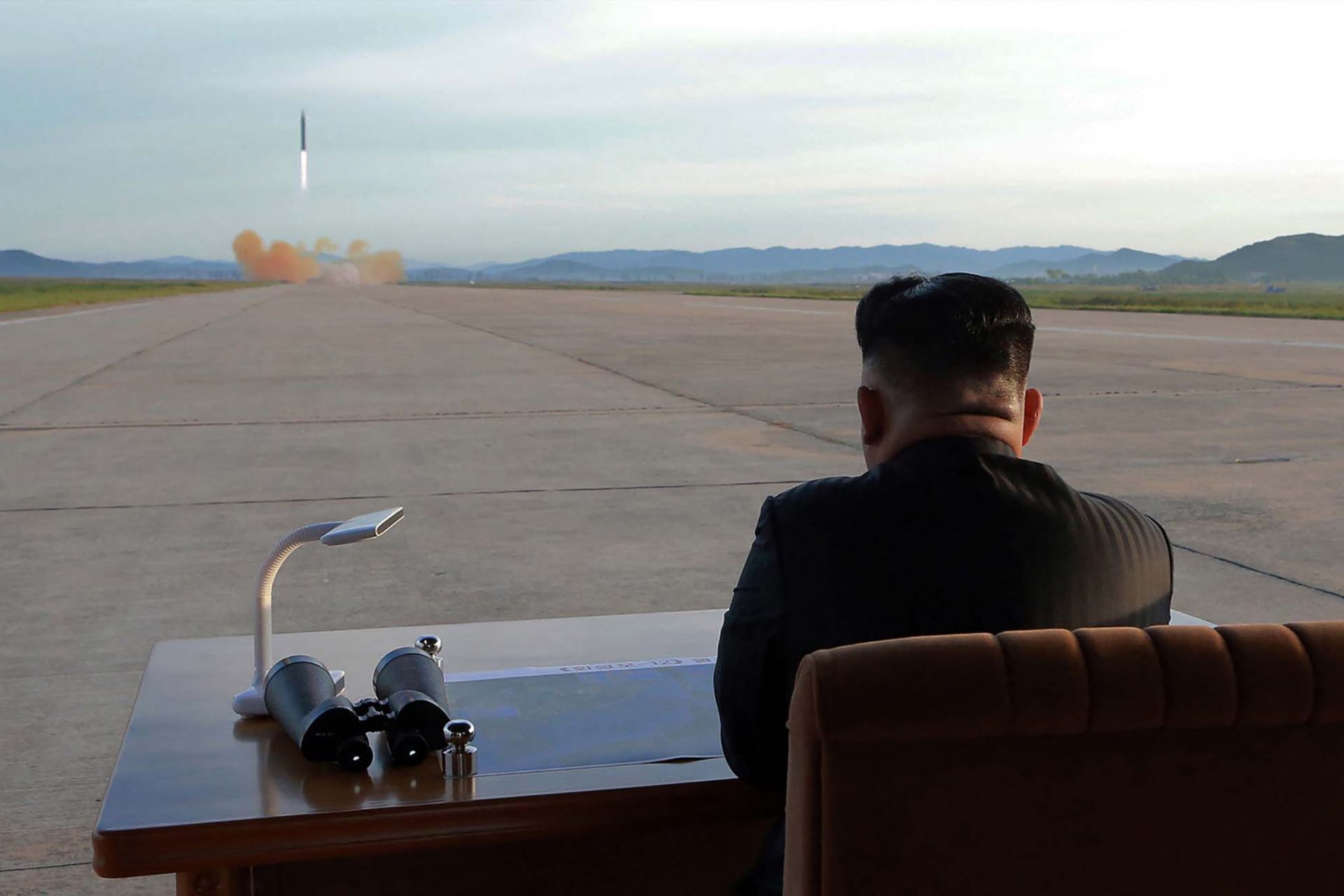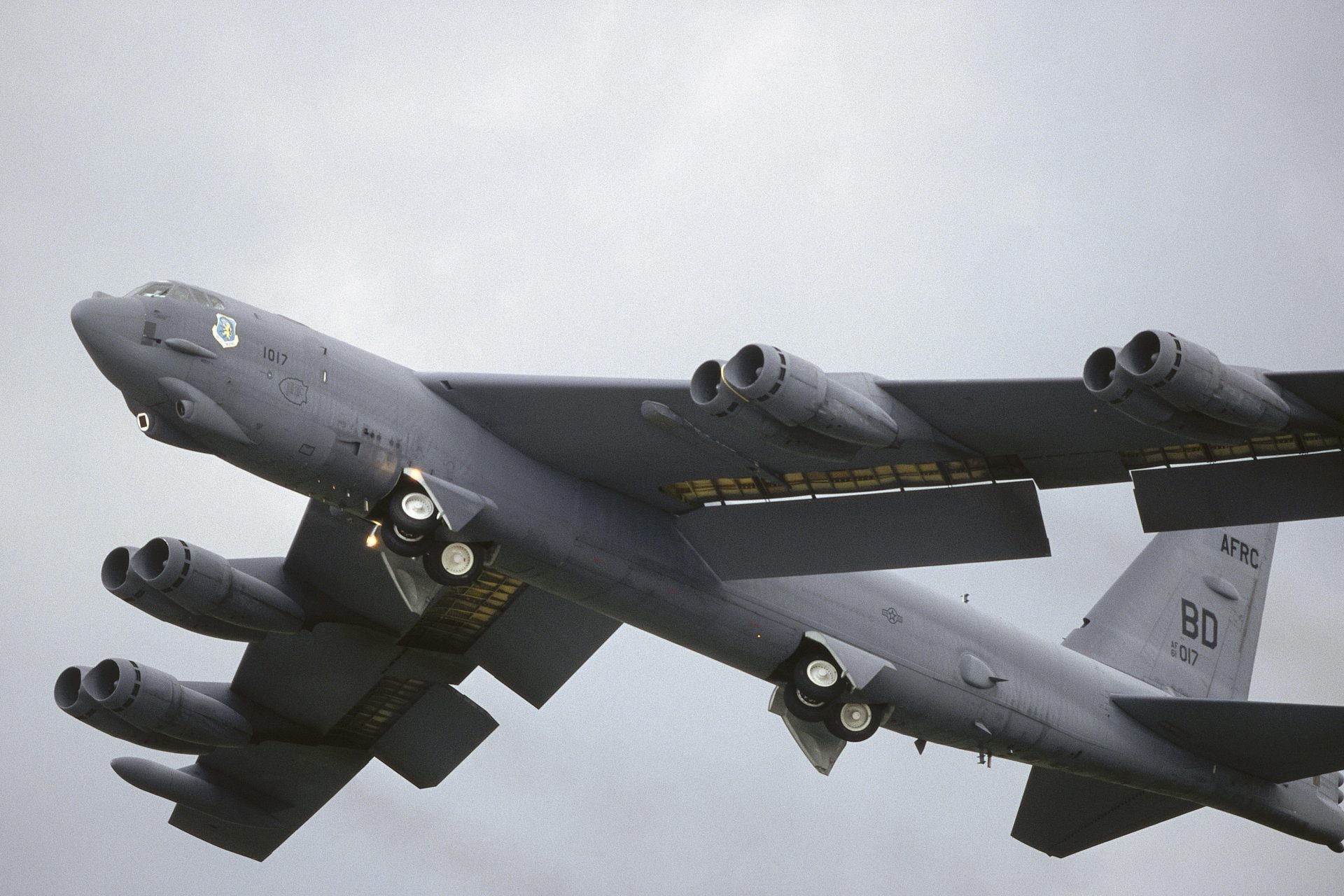Russia’s defensive minefields are backfiring on Putin
One of the biggest obstacles that slowed down the Ukrainian summer counter-offensive was the large number of mines Russian forces used in their defensive strongholds.
Anti-vehicle and anti-personnel minefields litter the routes of attack for Ukraine's Armed Forces and Kyiv’s top general has blamed mines for the offensive's very slow progress.
“You can no longer do anything with just a tank with some armor, because the minefield is too deep,” General Valerii Zaluzhny explained to The Washington Post on July 15th.
General Zaluzhny is Ukraine's Chief of Staff of the Armed Forces and he went on to say that any armor was eventually stopped by mines then “destroyed by concentrated fire.”
This was exactly what happened during one of Ukraine's first big defeats at the start of the country’s counter-offensive near the village of Mala Tokmachka at the end of July.
However, the Russian strategy of minefield defense is now working against its military objectives and could be a “serious complication” according to a report from Newsweek.
"The Russians have mined the south so heavily that they also cannot advance," Mark Voyger, a former advisor to U.S. Army Europe General Ben Hodges, told Newsweek.
Photo Credit: Facebook @lvivSF
"Their forces are going to end up in those same minefields that they've laid so heavily, so massively across the south,” Voyger continued.
Voyger went on to explain that even if the Ukrainian offensive stalls out there is a good chance Russia won’t attempt to take back the land it has lost because of its minefields.
“Even if the Russians wanted to counterattack, I don't think they could do it now with all the heavy fortifications and minefields that they have there," Voyger added.
Russia is currently pinned to its line of defense in the south according to Voyger and it is more likely that a push from Moscow would come somewhere in the east he explained.
However, recent developments in the south have seen Ukraine finally break through the defenses at Robotyne and have made it through the roads Russia had heavily mined.
"We don't stop here," said one of the commanders who led a group of Ukrainian troops into Robo Tyne and who identified himself by his callsign Skala according to Reuters.
"We have passed the main roads that were mined. We are coming to those lines where we can go [forward]. I'm sure we'll go faster from here," Skala explained.
Whether or not the breakthrough in Robotyne will prove to provide the momentum Kyiv needs to roll up the Russian line in the south is yet to be seen, but it is a very good sign if Russia is being barred from a counterattack because of its minefields.
If Ukrainian forces can set up a corridor through the worst of Russia’s minefields in the south then it's commander might be able to keep pushing forward and threaten Russia’s positions in the south, precipitate another withdraw like the one in Kherson in the 2022.
More for you
Top Stories



